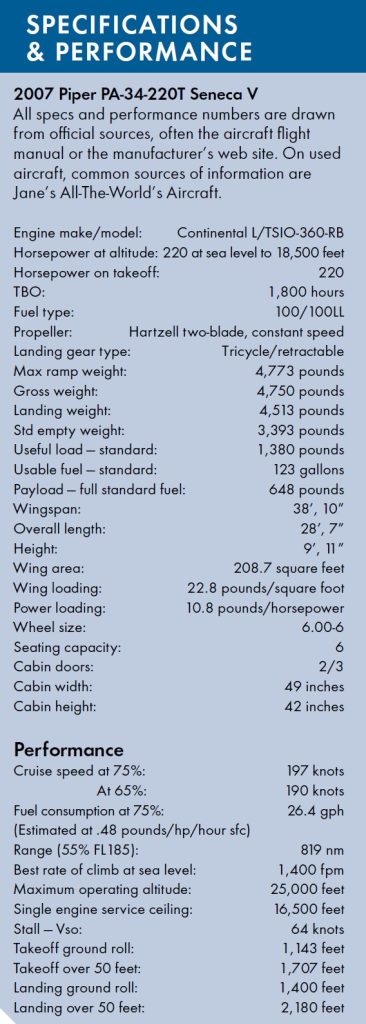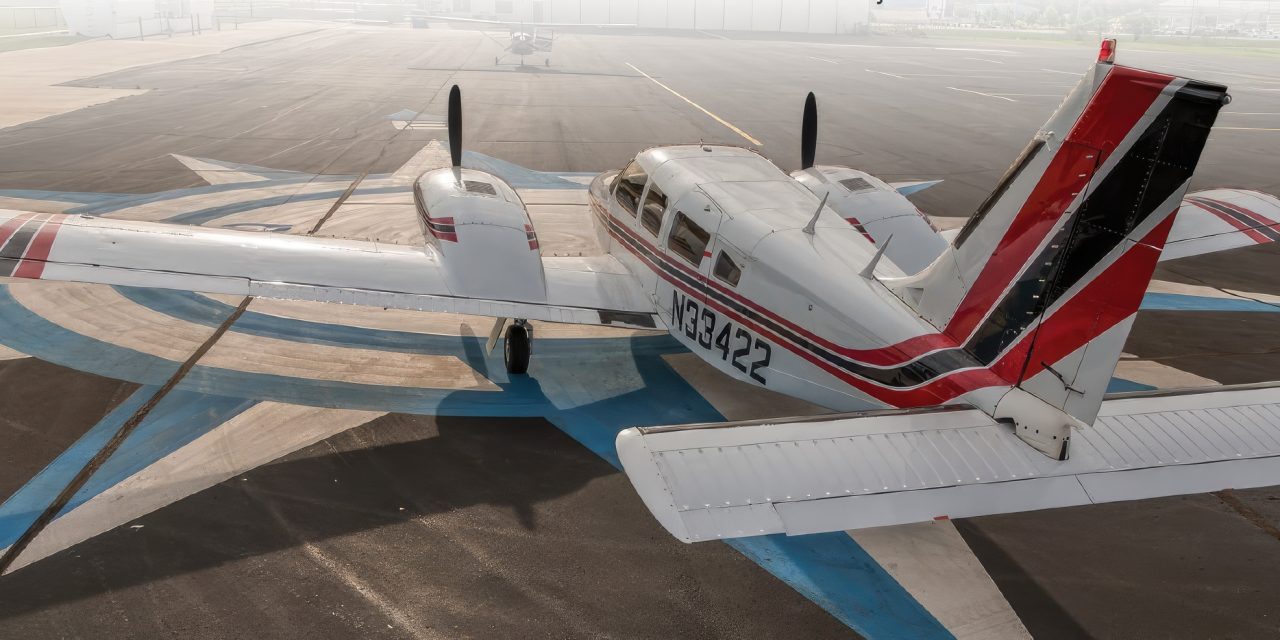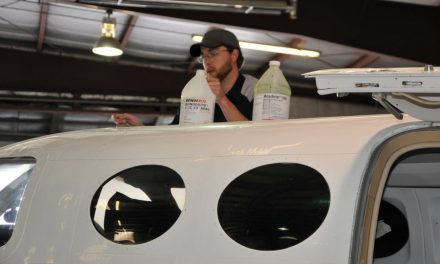Little Big Twin
Right up front, at the risk of compromising my alleged objectivity, I have to confess to a soft spot for the Piper Seneca. Back in the late ’70s, I spent three years and 500 happy hours (no, not that kind) with a then-new Seneca II flying all over the U.S., Bahamas, and Canada, operating solo or with five-and-a-half on board and bouncing off strips from below sea level to the highest airport in America — Leadville, Colorado, at nearly 10,000 feet MSL.
One benefit of having spent several hundred hours with the old Seneca is that I have a special appreciation for the newer ones. I won’t bore you with the long list of improvements in an airplane that looks structurally similar to its grandfather, but take my word for it, the subsequent and current Seneca III, IV, and V are several generations removed from that first turbocharged PA-34.
For those pilots who’ve been living on the dark side of the moon for 40 years, the modern Seneca V — despite its strong family resemblance (or perhaps because of it) — is essentially and structurally the same airplane, only better in every way. Piper has always been one of the most innovative manufacturers in adapting existing designs to new applications, and the Seneca was exactly that.
The Vero Beach, Florida, company has a deserved reputation as a strong advocate of moderately priced multi-engine airplanes. Following the bulbous Apache of the late ’50s and the later Aztec that evolved to the Twin Comanche and Navajo of the ’60s, the Senecas came along in the ’70s, and few would have guessed the airplane would survive the general aviation crash (sorry) of the ’80s and march on into the next century.
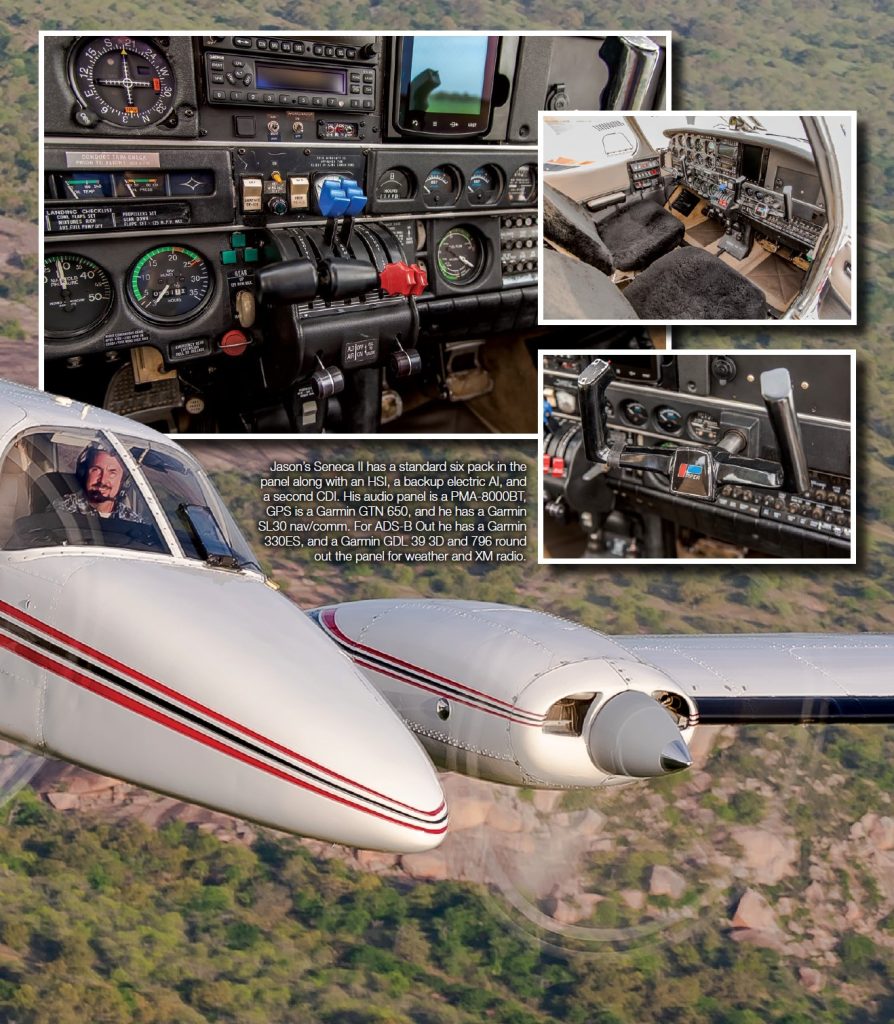
The Seneca V is one of only a handful of piston twins that still remain following the crash of the twin market in the early ’80s. The 20th century piston twin model lineup includes only the Seneca V and Seminole, the Beech G58 Baron, the Diamond DA-42 and DA-62, and a smattering of overseas products.
Over the years, the Seneca’s six-cylinder, Continental TSIO-360 engines have evolved from 200 to 220 hp, and they’re now intercooled and employ automatic sloped controllers to avoid over boost and maintain even power. TBO has increased to 1,800 hours and what was once a marginal powerplant has become envied and reliable.
Max takeoff weight has increased almost 200 pounds (a good thing since empty weight has gradually increased more than 500 pounds, from 2,840 to 3,393 pounds), wingspan has widened by 2 feet and single-engine service ceiling has stepped up from 13,400 to 17,400 feet.
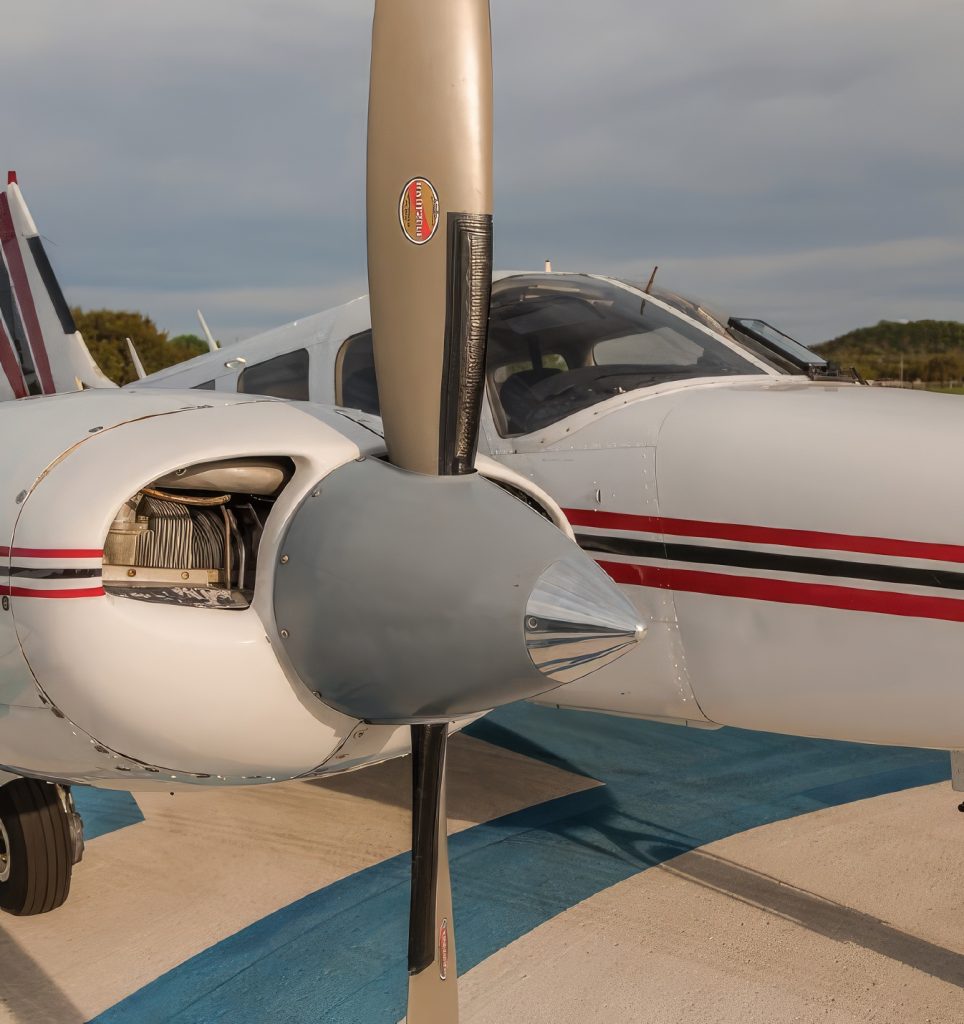
Well, duh! It’s not as if you wouldn’t expect some improvements in 30 years of evolution. Fact is, however, the Seneca’s very survival in a marketplace that hasn’t looked all that favorably on twins is at least a partial vindication of the airplane’s configuration and mission. (Perhaps incredibly, there were well over a dozen piston twins in production at the end of the 1970s.)
The Seneca is one of only two Pipers that’s managed to stay in more-or-less continuous production through the 1980s, 1990s, and 2000s. The Meridian, PA-34, and Malibu Mirage were the only upscale models to survive the temporary shutdown of the company in the early ’90s.
The current Seneca remains essentially a multi-engine Saratoga. Considering that the Piper Seminole is pretty much a dedicated multi-engine trainer, and the Beech G58 Baron is priced at well over $1 million, the Seneca V is virtually alone in its class. It offers a combination of performance, efficiency, and adaptability, plus other talents to make it one of the most desired of multis.
Perhaps the most notable of these talents is simply the airplane’s large, comfortable cabin. Size definitely matters, especially when you’re traveling in a machine that can’t be conveniently pulled over for a break. Airplanes, like people, tend to gain weight with age, and the Seneca is typical, but at least the PA-34’s cabin is a pleasant constant.
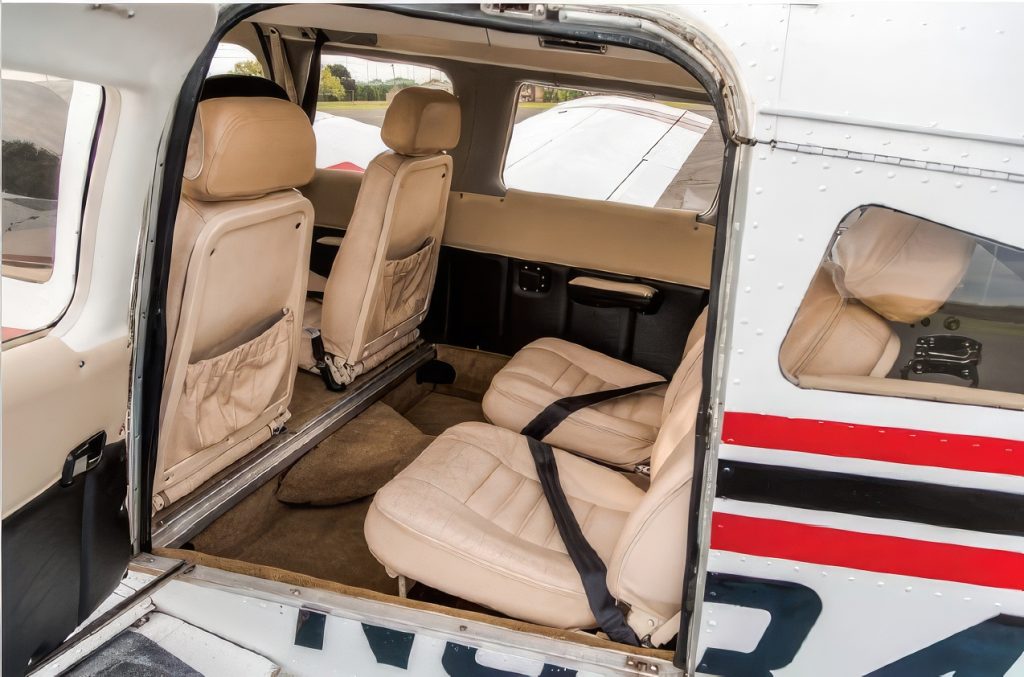
While payload has shrunk as empty weight has increased, the Seneca’s cabin size remains among the best in the industry. Cabin width is a spacious 49 inches, slightly wider than a Mirage and roughly the same dimension as the old, cabin class, pressurized Navajo. The cabin does begin to taper toward the tail abeam the second row of seats, but there’s still enough room to load a piano and a hockey team.
Piper loves to tout the Seneca’s excellent quick-change cargo capability, and it’s true the PA-34 will accept a variety of loads. The reality is that the airplane will most often be used to carry people rather than things. Pilots board in the conventional manner via the right wing walk and luxuriate in the front office, but passengers relegated to the rear need not feel like second-class citizens.
Boarding the aft cabin is probably easier than in any other airplane I can think of. Climbing aboard through the aft left doors hardly deserves the term “climb.” You merely step over the low floor and lever yourself into one of the big seats. Separation between the conference-style second and third row of seats, introduced as an option in the Seneca II, is generous to minimize overlapping legs. If you’re flying with no one in the opposing seat, you can put your feet up and feel like a business class airline traveler with a luxury footrest. There’s even a side-mounted writing table on the right side of the airplane.
You do have to make some accommodations to carry a full six-pack of people, however. (Technically, the rear bench seat can seat three so max seating is seven if three or four are munchkins.) Over the years, useful load has declined from over 1,700 pounds on the Seneca II that I used to fly to more like 1,400 pounds on the later Seneca V. Subtract 122 gallons worth of fuel (732 pounds), and you’re left with about 670 paying pounds.
Leave 50 gallons in the truck and you’ll have nearly six folks’ worth of payload with two hours of fuel aboard. A strange-shaped nose baggage compartment wrapped around the nose gear retraction compartment and a large space behind the rear seats accommodate cargo.
In apparent recognition of the fact that most buyers rarely if ever load up a full hockey team, Piper continues to offer its Seneca V with your choice of a second-row right entertainment/executive console or a sixth seat.
Whatever the payload, the Seneca V’s turbocharged Continentals allow you to lift it easily and efficiently. The airplane comes off the ground and starts uphill with enthusiasm, and without hesitating to catch its breath. Initial climb is listed at 1,462 fpm, but most pilots prefer a 130-knot cruise climb, sacrificing perhaps 250 fpm of ascent in exchange for improved forward visibility.
There’s little to do on the way up except admire the view and marvel at the Seneca’s simplicity. Automatic waste gates keep the power stable to the airplane’s critical altitude (19,500 feet) where the horses begin to tire. If you’re climbing to any altitude below about 16,000 feet, you can usually plan on averaging at least 1,000 fpm. Sixteen minutes after liftoff from a sea level runway should yield 16,000 feet of height. Simple, huh?
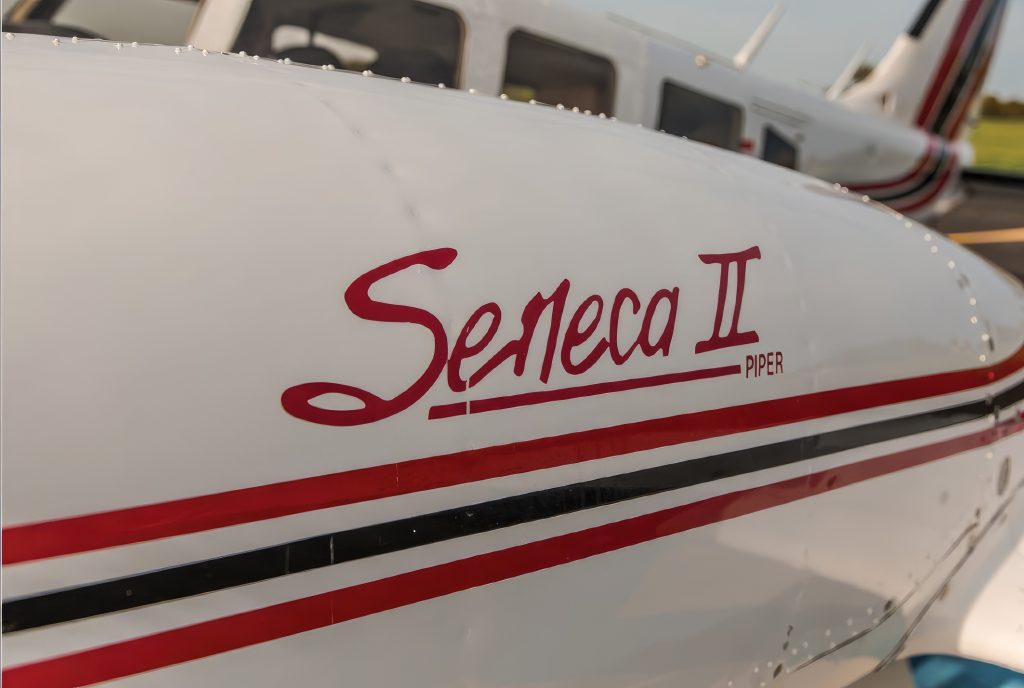
In theory, the Seneca’s turbochargers allow cruise as high as 25,000 feet, and if you’re willing to strap on the masks and climb to the flight levels, you can see speeds near 200 knots. Realistically, Senecas spend most of their time at lower altitudes that don’t demand supplemental oxygen. At 11,500 feet with the engines dialed in at 75%, for example, you can expect an easy 180 knots on about 26 gph. That will deliver just under 4 hours of endurance for a nearly 700-nm range. For those strange people who buy fast airplanes to fly slow, 55% will yield a max range of more than 800 nm.
However long you elect to sit in the Seneca V, you’re bound to enjoy the experience. I recently flew a 2007 airplane, still in original configuration, that flew behind an Avidyne Entegra flat panel display of all flight and navigation instruments. That incorporated all flight instruments, moving map, and systems readouts on two, large, 10.4-inch glass displays. Entegra offers overlays of weather uplink through WSI InFlight and a full-time air data computer to display en route wind vectors. The system also can be interfaced with Stormscope to survey electrical activity ahead, as well as active-surveillance traffic advisories, an active system that monitors possible traffic conflicts. TAWS information reads out on the glass panel and C-Max electronic charts offer a worldwide library or approach and en route IFR charts. Finally, as if all that weren’t enough, the autopilot is coupled to the Entegra to make the inflight environment as convenient and effortless as possible.
The Seneca V is quiet with minimal vibration and excellent ventilation (including air conditioning if your budget will allow), and the cabin is so friendly, you’ll make the trip with minimal fuss. The PA-34’s fat, untapered, high dihedral airfoil is as gentle as on any twin, past or present. The Frise ailerons impart plenty of roll rate and both engines turn inboard to offset the critical engine problem. The combination produces a stability and gentle controllability more reminiscent of the single-engine Saratoga HP than a middle-weight multi.
At 4,750 pounds gross, stall speed is a highly predictable 64 knots, so approaches are silly simple at any speed between 90 and 120 knots if ATC needs to fit you in between two 737s on approach at LAX.
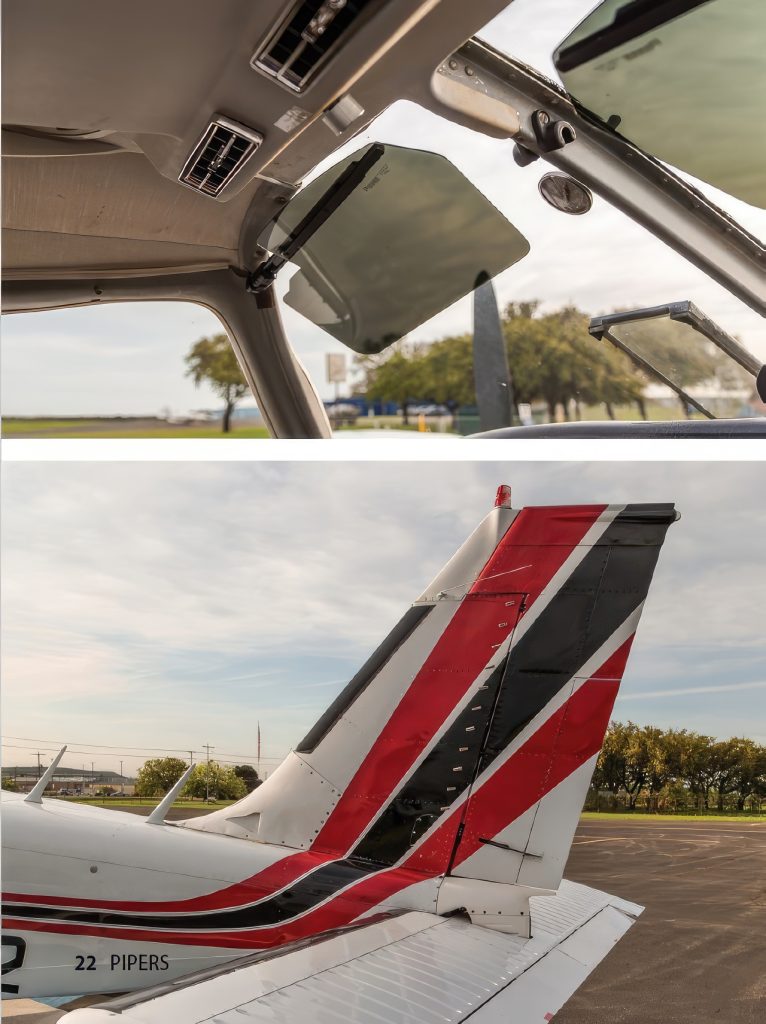
The Seneca makes an excellent instrument platform, too. In the two-and-a-half years I operated “my” Seneca II, I flew it into snowstorms in Calgary, Canada, torrential rain in the Bahamas and ice fog in Maine. The airplane forgave my transgressions and consistently delivered me from evil, no matter how poor my decisions or how rusty my technique.
One approach I made to Janesville, Wisconsin, in the late ’70s certainly demonstrated the airplane’s docile nature. I was shooting an ILS in miserable conditions. Weather was right at minimums, and I was being beat around pretty good trying to maintain the glideslope. The airplane was going to Janesville for its annual inspection, and one of the squawks was the left electric fuel pump.
The left engine-driven pump failed about 3 miles out and, without help from the electric pump, so did the engine, but I was so busy just trying to hold the needles in the low-level chop, I hardly had time to worry about it. I broke out over the runway and touched down as the left prop windmilled to a stop.
Landings also fall into the “if-you-can-walk-and-chew-gum-at-the-same-time” category. The electric flaps deflect to a full 40 degrees allowing the Seneca to sneak into short strips with relative ease, and the long stroke oleo gear cushions the actual touchdown. Also, unlike the vast majority of airplanes, the Seneca can leap off the ground in slightly less runway than it needs to land. Both numbers are well under 2,000 feet, and that may be one reason PA-34s sometimes wind up working for a living on dirt or grass strips. Main gear doors only cover the top of the wheels, so there’s plenty of ground clearance with little risk of damaging a door.
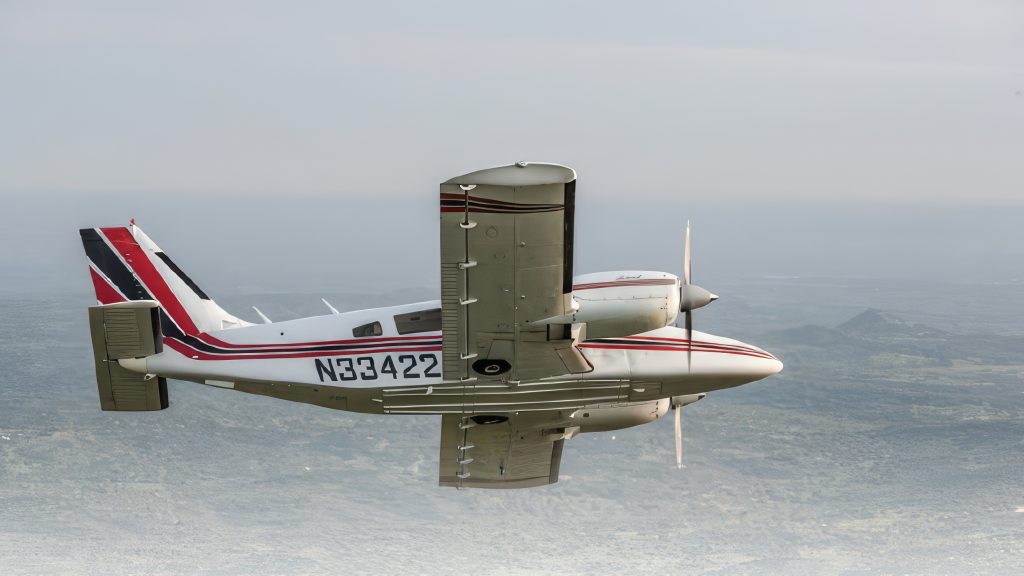
In operating out of the 2,000-foot, grass strip at Fort Atkinson, Wisconsin — now long since paved and extended — I was sometimes intimidated by the tall corn at the south end. During one takeoff on a hot July day with the manual flaps set at the recommended full up position, the corn was approaching way too fast. I reached down, grabbed the manual Johnson bar flap lever, and pulled for one notch to get me into the air. Unfortunately, I pulled too hard and overshot. I got two notches instead and the huge flaps promptly rotated the lightly loaded Seneca’s main gear off the ground and balanced the airplane on its nosewheel. I hauled back on the yoke and cleared the tall corn by a few kernels. Won’t do that again.
The Seneca V fills a niche that no other model can. The airplanes’ big cabin, easy loading, forgiving flight characteristics, and good short field performance allow them to serve in a variety of missions: freight and corporate transport, charter, limited bush operation, and as many other jobs as you can imagine.
By any measure, any Seneca is a flexible, talented machine, simple to fly and fairly easy on maintenance (compared to other twins). Add to that good short field performance, quick cruise, and enough creature comfort for most normal-sized creatures and you have all the ingredients that have kept Piper’s tough little Seneca in production for a surprising 49 years.
